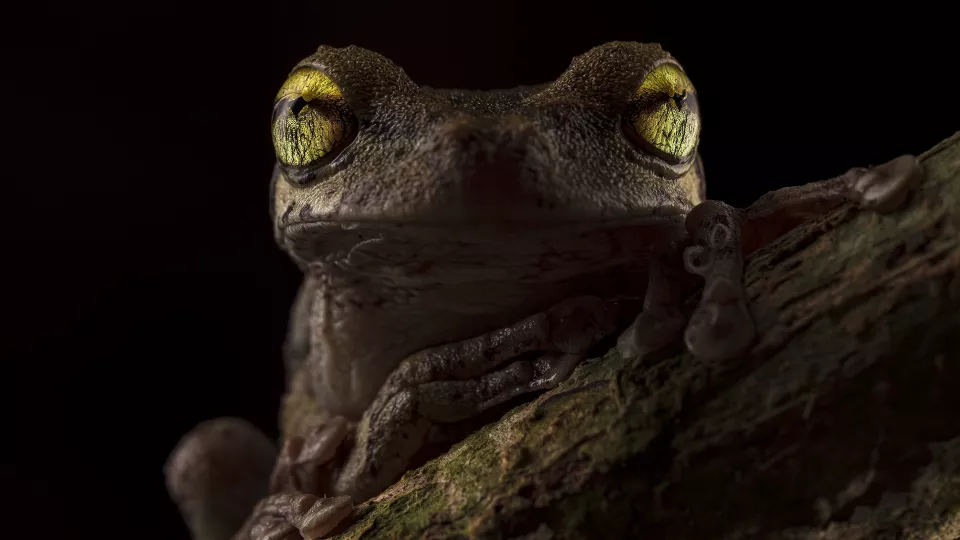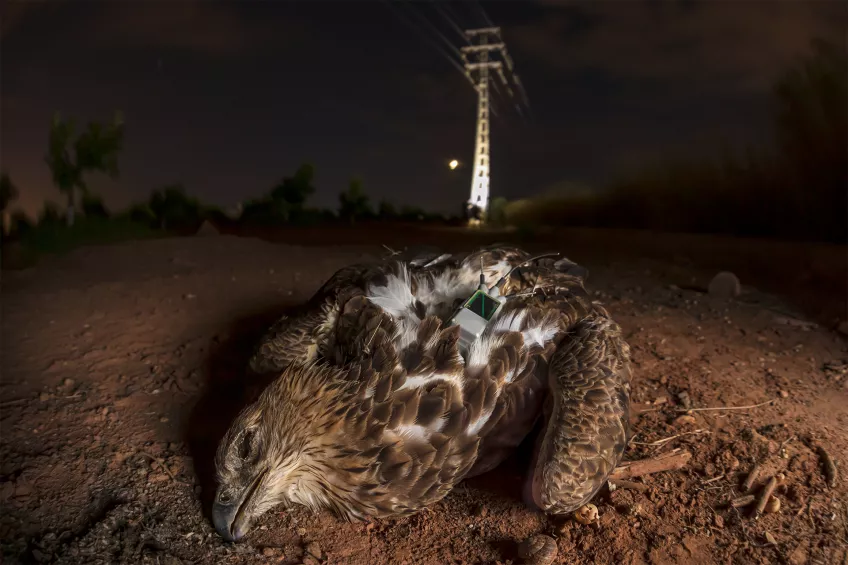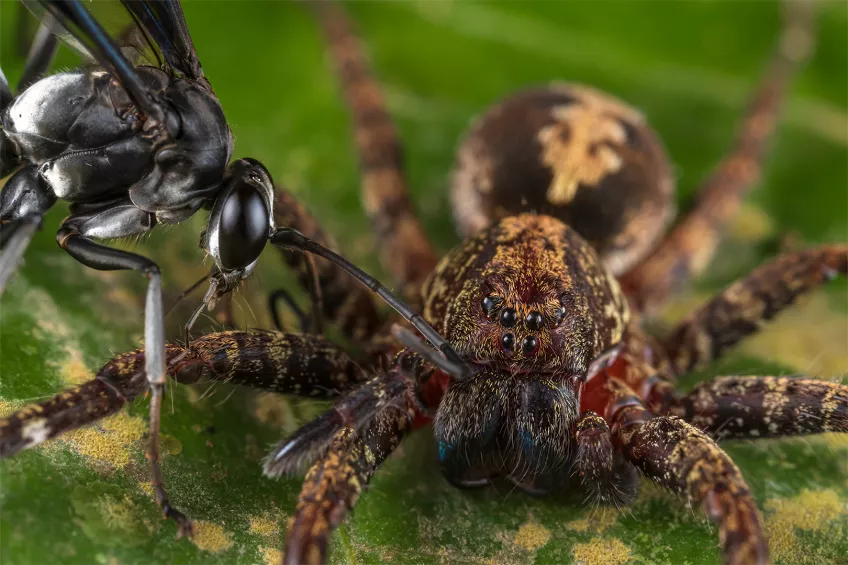Congratulations Roberto, what does this award mean to you?
– It’s very special! First, it links two powerful allies, science and photography. They are probably two of the best tools we have to explain why and how the world, and particularly nature, work as they work. Second, my two awarded images – one as the overall winner and the other as the winner of the Ecology in action category – reveals two important conservation issues. Hopefully, they will help to spread the message behind them.
Tell us something about the winning photograph?
– Like two beacons, the Helena's treefrogs are not particularly beautiful, since they do not have conspicuous and surprising colors or patterns. However, when illuminated, two large, almost hypnotic jewels, appear. This species is found in South America and the photo is the result of happiness because, despite never being observed in the large area of the Peruvian biological station of Fauna Forever in Tambopata, several of these individuals appeared in the surroundings within week. The reason why this species had never been found in the area remains unclear, and it confirms the importance of conducting periodical studies to identify the species of a region – something of extreme relevance in places where their biodiversity is under threat due to human expansion or habitats fragmentation.
You also submitted at photo that won in the Ecology in Action category?
Yes it depicts a GPS-tagged female of Bonelli’s eagle dead by electrocution. She was born in Spain in 2015, at which point she was tagged with a GPS solar transmitter to allow researchers to track her life. In 2021, GPS alerted that she remained immobile for too much time. She had died by electrocution. In this tragedy, The GPS helped scientists and authorities to fint which power lines Bruma visited before she died. This was crucial to modify them in order to avoid other animals suffering the same fate. A critical measure as more than 300.000 birds die by electrocution every year in Spain.
Tell us more about how you combine your research and photography interest?
– I think science and photography is a wonderful mix. It allows you to understand and reveal the world around you. Science delves into an issue and photography helps to translate it to a broad audience. Photography helps me to put in images some of the behaviour and processes I am studying and science gives solid explanations to contextualize many of the biological events I witness in nature.
In addition to being the overall winner of the British Ecological Society 2023, Roberto’s photo will also be one of the selected images for the People’s Choice Category from the Wildlife Photographer of the Year – the biggest nature photo contest in the world, arranged by the Natural History Museum in London. We wish Roberto the best of luck!
Read more about the photo competition on The British Ecological Society’s website.




